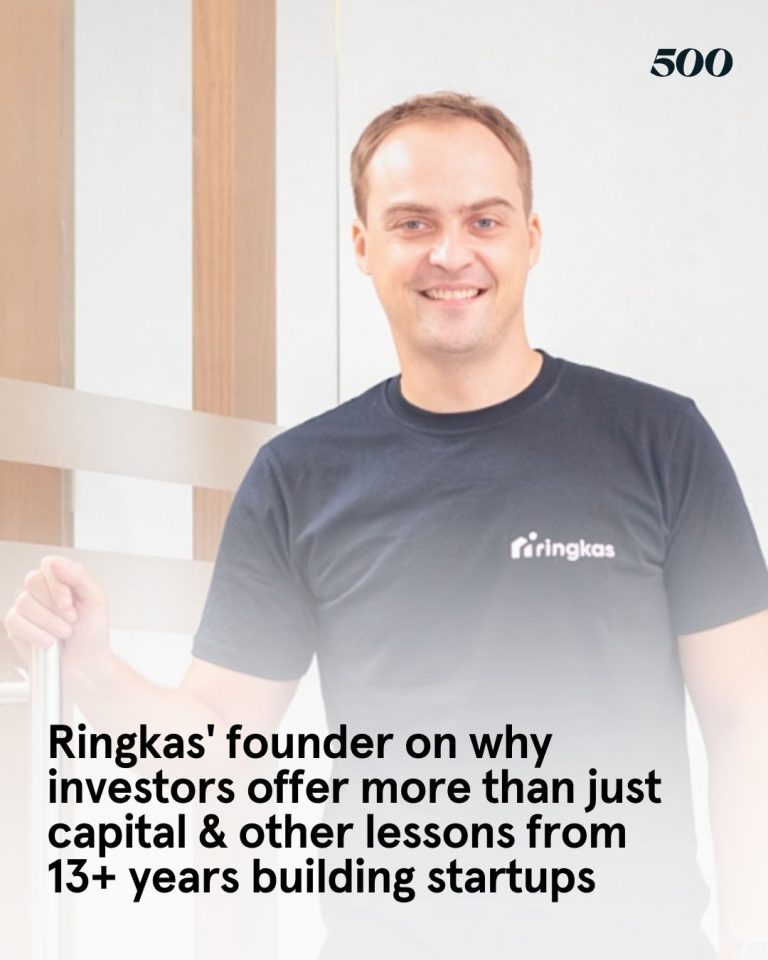Funds for farms
- 500-backed startup Glife Technologies has secured US$8.12 million in a Series A round led by Heliconia Capital, a Temasek entity. According to DealStreetAsia, this brings the startup’s total funding to date to US$10.34 million.
- Glife runs a platform that enables food and beverage businesses to buy, manage, and track orders of fresh produce directly from farmers.
- The Singapore-based startup will use the fresh funds to expand its business into Malaysia and Indonesia at the beginning of next year.
- It will also bring more merchants and farmers onboard its platform. Glife claims to work with over 1,000 farmers and 900 merchants currently.
- Read the full story on DealStreetAsia. A subscription may be required.
Commerce for all
- 500-backed e-commerce startup Bukalapak has signed a US$141 million uncommitted revolving loan facility with Bank DBS Indonesia.
- According to the article, this means that the facility matures in November 2022 and will be automatically extended for three months unless terminated by the bank.
- Perdana A. Saputro, Bukalapak’s corporate secretary, shared that this move is part of its strategy to diversify its source of funding. “The rationale to obtain the banking facility is…to utilize such facility as a bridging facility for expansion of company’s business,” he added.
- Get the full details on DealStreetAsia. A subscription may be required.
Living out of the box
- Sustainable living is more than just about greenery, said URBANMETRY founder and director Cha-Ly Koh at an event.
- Living sustainably is more complex than that, she believes, and highlighted ways this can be done in Klang Valley, Malaysia.
- URBANMETRY is a property data company that harvests and analyses city data, using artificial intelligence and proprietary algorithms to extract trends and patterns in the built environment.
- “Everything was done virtually during the pandemic, so what is now the new way of consuming the physical spaces? Do we build more or build a new one and redevelop the old ones into something else?” she asked.
- Find out more in The Edge Markets.




